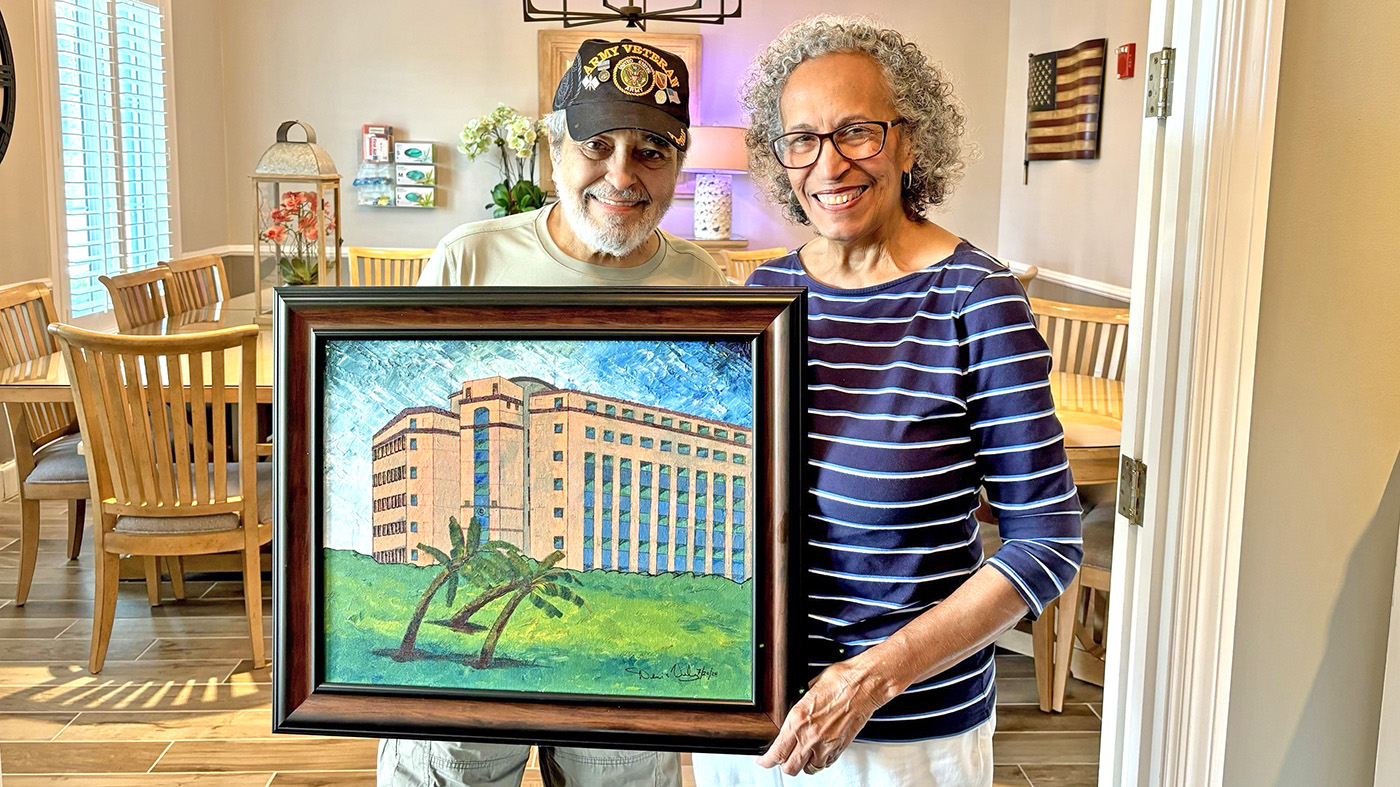Soon after the birth of the nation came the start of the idea of taking care of Veterans. Not “VA” as a department, but the idea. This idea grew and transformed over decades, and the lineage of what’s now known as the Department of Veterans Affairs is rooted in the nation’s earliest efforts to reward Veterans for their service and sacrifice.
In 2022, the VA History Office launched the History of VA in 100 Objects virtual exhibit to tell this story. Today, the exhibit sits at the halfway point, with entries published on 50 different objects. Presented are medical breakthroughs, benefit ideas and legislation, and historic architecture to name a few of the topics.
The first pacemaker device to control a person’s heart rhythm? That was developed by a VA medical team, and the device is Object 5 in 100 Objects.
Then there is the plan behind Admiral Nimitz’s burial plot at Golden Gate National Cemetery. His plot includes several of the highest-ranking naval officers that served with the former five-star commander buried nearby. That plot and Nimitz’s marker is Object 14.
What about the G.I. Bill? Most know about the housing and educational benefits provided by the legislation. The draft of that bill (Object 46) was the work of a dedicated cadre of American Legion Veterans determined to help the sixteen million who served in World War II after their discharge from the military. Since its signing in 1944, the G.I. Bill has been a critical component to VA’s mission.
These are just a few of the 50 Objects found on the VA History website. Each entry is a short post about different pieces of VA’s past, to teach and provide perspective on how the nation serves those that serve. It’s an example of the work of VA historians, student interns and guest contributors with a passion for history.
During your next coffee break or while browsing the morning news, take a look at the History of VA in 100 Objects to learn more about how the nation honors and cares for its Veterans after they have completed their military service.
To catch up on previous entries, click HERE for the Gallery page.
Topics in this story
More Stories
For the Great American Smokeout, explore VA resources and learn why every attempt to stop smoking is a step toward success.
If you’ve lost a loved one to suicide, resources and support are available to help you cope during your grieving and healing.
Army Veteran Denis Velez donated a painting of his VA hospital as a way of giving back for his treatment there.







Ben – if you read the story, there was a team, including Mr Greatbatch credited with inventing the first pacemaker. And, since the research was conducted through the VA and most probably financed through the VA, they, the VA, can take the credit. I haven’t researched this, but who holds the patent?
THE VA DID NOT INVENT THE PACEMAKER!!!
Wilson Greatbatch, credited with inventing the implantable pacemaker in 1958, died earlier this week at the age of 92, his family said. Wilson Greatbatch, credited with inventing the implantable pacemaker in 1958, died earlier this week at the age of 92, his family said. Sep 30, 2011